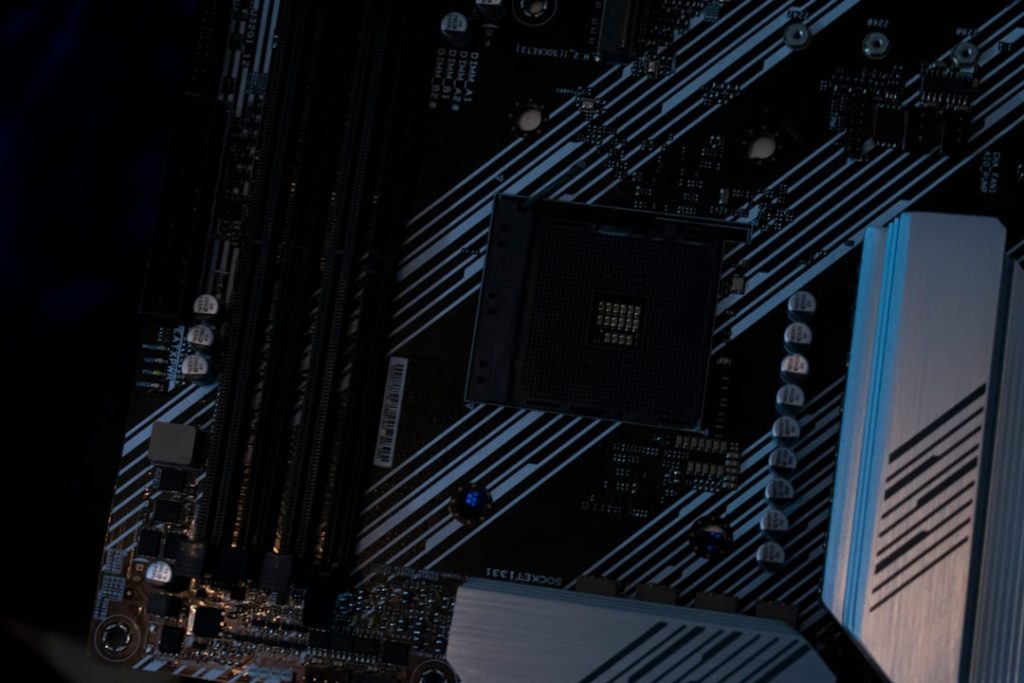Is RTX 4090 much better than 3090?
3 min read
The launch of the NVIDIA GeForce RTX 4090 has drawn significant attention from the gaming and professional computing communities. As the successor to the already powerful RTX 3090, expectations for performance, efficiency, and new technologies were high. The central question many are asking is: Is the RTX 4090 significantly better than the RTX 3090? In this article, we’ll conduct a serious comparison and analysis between these two flagship graphics cards to provide an informed answer.
1. Architecture and Core Specifications
One of the most significant differences between the RTX 4090 and the RTX 3090 lies in their underlying architecture. The 3090 is built on NVIDIA’s Ampere architecture, while the 4090 is based on the newer Ada Lovelace architecture.
- CUDA Cores: RTX 3090 has 10,496 cores; RTX 4090 boosts that to 16,384 cores.
- Base Clock Speed: 1.40 GHz on the 3090 vs. 2.23 GHz on the 4090, with even higher boost clocks.
- Memory: Both GPUs come with 24GB of GDDR6X memory, but the memory bandwidth on the 4090 is utilized more efficiently thanks to architectural improvements.
The increase in cores and clock speed contributes to a substantial uplift in raw computing power. According to NVIDIA, the 4090 delivers up to 2x the performance in rasterization and 4x in ray tracing workloads when compared to its predecessor.

2. Ray Tracing and AI Performance
One of the standout features highlighted in the RTX 4000 series is improved ray tracing and AI capabilities, especially those leveraged by DLSS 3 (Deep Learning Super Sampling). Whereas the RTX 3090 supports DLSS 2, the 4090 takes advantage of DLSS 3, which introduces optical multi-frame generation, enhancing frame rates dramatically in supported titles.
This leads to a better overall gaming experience, especially in graphically demanding titles such as Cyberpunk 2077 and Microsoft Flight Simulator. Games that use DLSS 3 can show frame rate gains of over 70% compared to DLSS 2 on the same scenarios.
3. Power Consumption and Cooling
With higher performance comes greater power demands. The RTX 3090 has a typical power consumption of 350 watts, while the RTX 4090 pushes that up to 450 watts. This 100-watt increase means users may need to invest in higher-capacity power supplies and more optimized cooling solutions.
However, despite its higher TDP, the RTX 4090 operates more efficiently overall. Thanks to the architectural enhancements, performance-per-watt has improved, meaning that even though it draws more power, it accomplishes far more with it.
4. Real World Performance Metrics
Benchmarks provide the most objective data in comparing hardware. Across multiple AAA titles and productivity software, the RTX 4090 shows significant gains:
- Gaming: On average, the 4090 delivers 50-100% higher frame rates at 4K resolution compared to the 3090.
- Creative Workloads: Applications like Blender, Adobe Premiere Pro, and DaVinci Resolve see rendering times cut almost in half in certain scenarios.
- VR and AI Research: The 4090 opens doors for higher quality virtual reality experiences and faster model training for machine learning enthusiasts and professionals.

5. Cost and Value Proposition
Price is always a significant factor in GPU decisions. Upon release, the RTX 3090 had an MSRP of $1,499, and the 4090 launched at $1,599. In markets where both are available, the minimal price difference makes the 4090 a better value in terms of performance per dollar. Still, it’s worth noting that unforeseen supply issues or market scalping practices can affect street prices across regions.
Conclusion
After analyzing performance, architecture, real-world usage, and pricing, it is clear that the RTX 4090 is not just slightly better but a substantially superior GPU compared to the RTX 3090. It sets new standards for gaming, content creation, and high-performance computing by leveraging advanced features and an overhauled architecture.
That said, whether the upgrade is worthwhile depends on user needs. For competitive gamers, 3D artists, and tech enthusiasts looking for top-tier performance and future-proofing, the RTX 4090 offers unparalleled capabilities. But for those already using an RTX 3090 and not pushing their GPU to its limits, the incentive to upgrade may be less compelling, especially considering power and cooling demands.
In summary, the RTX 4090 is indeed a significant leap forward, making it one of the most powerful consumer GPUs available today.



